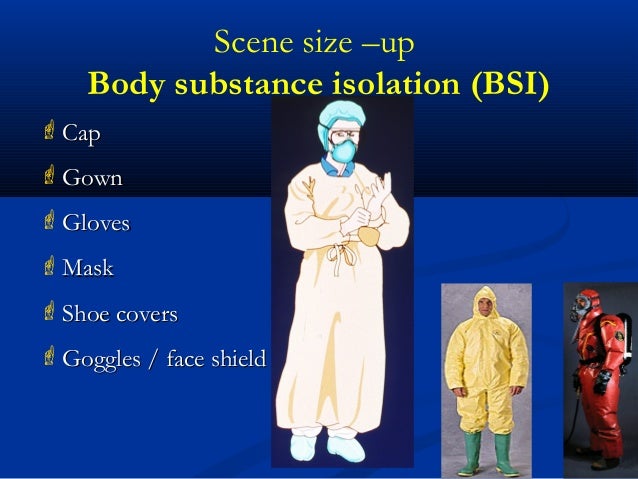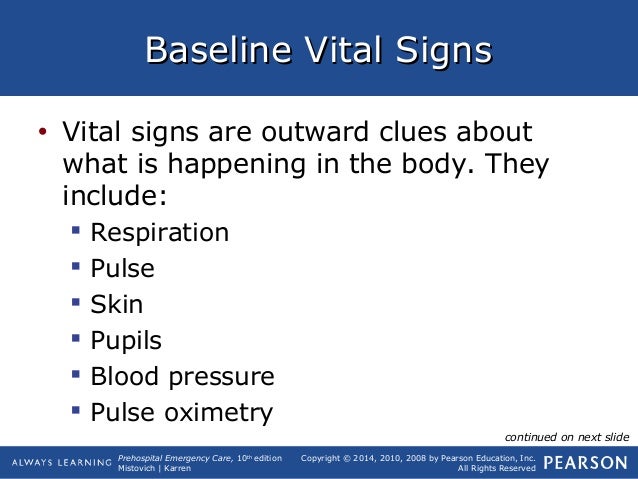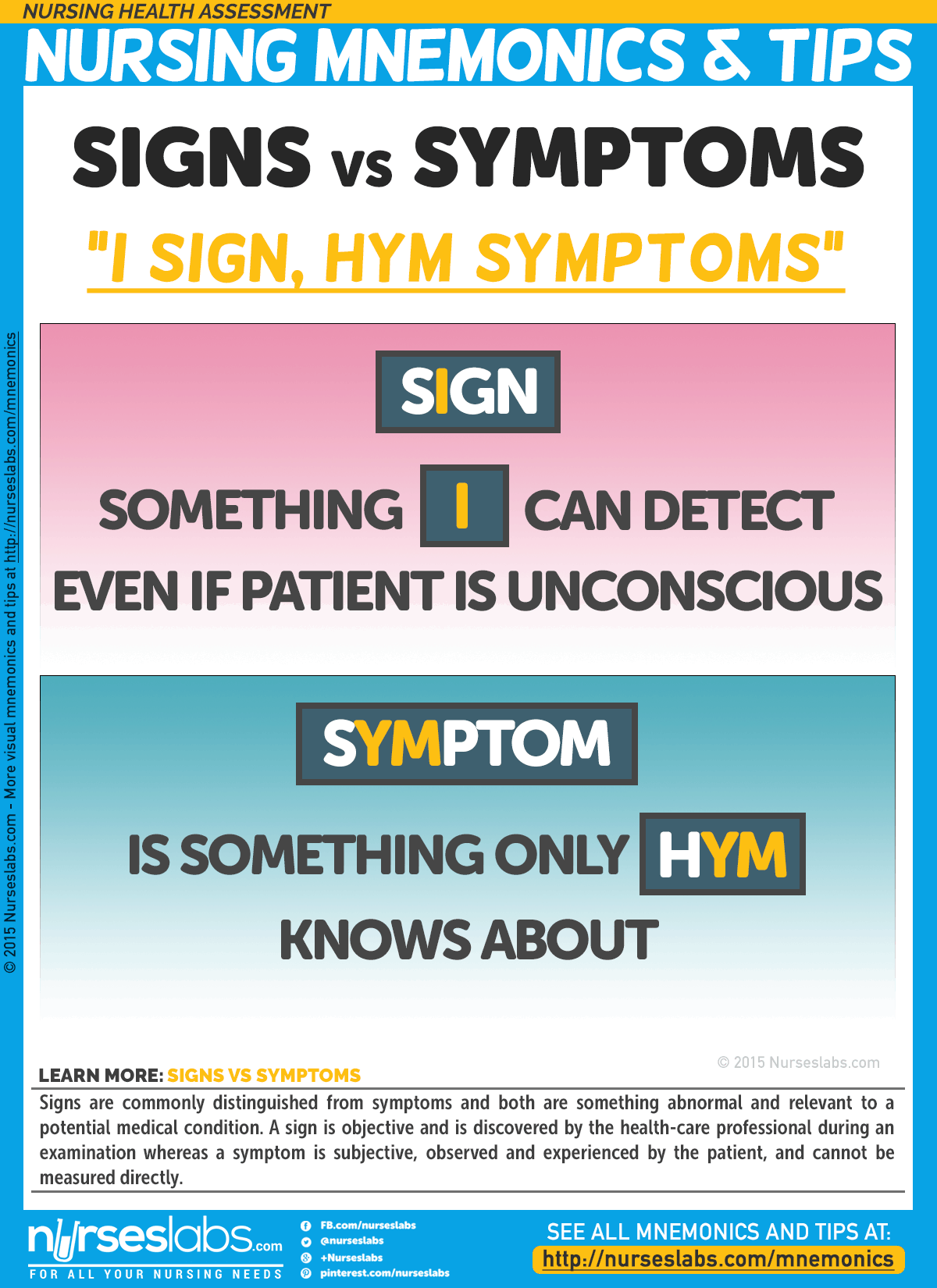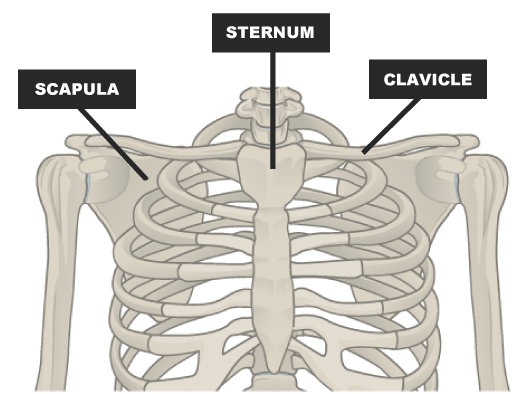Legal
Anatomy & Physiology
Patient Assessment
Scene Size-Up
Respiratory System
100
Based on individual and community conduct, standards imposed by force of law, and professional or institutional standards.
What is standard of conduct?
100
The point farthest away from the body or attaching point.
What is distal?


100
The bluish, gray skin coloring resulting from asphyxia.
What is cyanosis?
100
What BSI stands for
What is body substance isolation?


100
The air sacs in the lungs where gas exchange with the bloodstream takes place.
What are the alveoli?
200
There was a duty to act, you acted above your standard of care, and the patient suffered further injury.
What s gross negligence?
200
The back surface of the body.
What is posterior?


200
Pulse, blood pressure, respiration, and relative skin temperature.
What are vital signs?


200
Falls from ladders, bent steering wheels, a knife laying next to a patient.
What are mechanisms of injury?
200
Also called the widepipe, it carries air to and from the lungs.
What is the trachea?
300
Leaving a patient before turning him/her over to someone of the same or higher level of care.
What is abandonment?
300
The topographical term meaning towards the feet.
What is inferior?
300
What the patient tells you he/she is feeling.
What is a symptom?


300
The BLS crew needs ALS support or there are more patients than providers.
Why/when do you call for additional resources?
300
The phase of breathing when the intercostal muscles and diaphragm contract.
What is inspiration/inhalation?
400
Allows you to treat an unconscious patient.
What is implied consent?
400
Movement towards the midline.
What is adduction?


400
60 to 100 times per minute.
What is the average pulse rate for an adult?

400
What the crew should be looking for while en route and arriving at a scene.
What is scene safety?
400
The passive phase of breathing.
What is expiration/exhalation?


500
Protects the emergency care provider from civil law suits.
What is the Good Samaritan Law?
500
The clavicles, scapula, and sternum.
What are the parts of the thorax (thoracic cavity)?


500
The acronym used to find contusions, punctures, lacerations, etc.
What is DCAPBTLS?


500
A danger zone.
What do you establish around a vehicle accident?


500
The sound usually caused by the tongue obstructing the pharynx.
What is snoring?